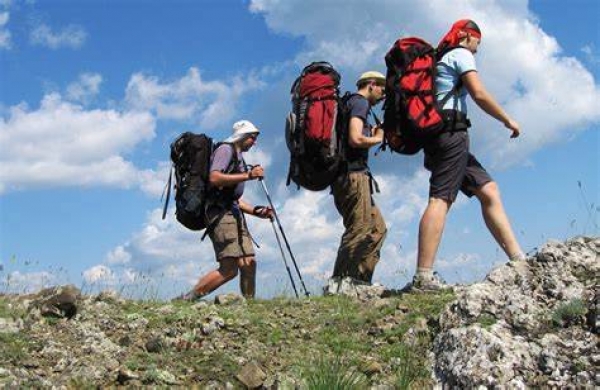The Appian Way, called by the Romans Regina Viarum is undoubtedly one of the most daring and ambitious engineering works of the ancient Empire, both in relation to the time when the first stones were laid, and for the impact it covered for the economy, culture and Roman society.
The route of the Appia, built starting from 300 BC, was the site of great battles, which saw the Romans wage war against the populations of Central Italy, over all the Samnites. This road axis became a fundamental resource also thanks to the flourishing of important commercial traffic along the route. Numerous productive activities arose on the Appian Way: taverns, refreshment points, hospices for overnight stops, Mansio to guarantee officers adequate hospitality and rest, change stations - the Mutationes - to allow the replacement of towed animals.
Today the Appia, after centuries of illustrious passages, is no longer fully accessible; however, there remain some sections where you can literally walk on the past.
MONTI AURUNCI
Certainly one of the areas of high naturalistic and environmental interest are the Aurunci Mountains located in the southern part of the provinces of Latina and Frosinone.
A very happy geographical position, in particular with the group of Monte Petrella, which extends eastward from the sea to the Ausonia saddle. All this creates a setting of incomparable beauty on the Gulf of Gaeta, to the north towards the Liri valley and to the south towards the fertile plain of the Garigliano.
The landscape, on the other hand, shows a much harsher and more rugged morphology and is characterized by its remarkable proximity to the sea. In the Parco dei Monti Aurunci, in fact, we can admire wild valleys on the coast of Formia, Scauri and Gaeta. Towards Sperlonga, together with the contiguous Ausoni, they throw themselves, with a long extension, into a crystalline sea with stupendous cliffs and small promontories. The western part of the massif sees the individual reliefs rise to altitudes that well exceed 1000 m. such as the summit of Monte Petrella which rises up to 1533 m, Monte Sant’Angelo (1404 m), Monte Ruazzo (1314 m) and the impressive wall of Monte Fàmmera (1168 m).
The Flora and the Climate of the Aurunci Mountains
The appearance of this mountain massif, seen from the south and from the sea, is that of large mountains with rugged peaks and almost completely barren ridges. Where the typical Mediterranean scrub is not present, we still find: grapevines, olives (with vast crops, especially in the Itri area), carob, mastic, wild olive, myrtle, juniper, etc. Finally, there are mixed tree formations of holm oak, downy oak and turkey oak and further up the beech woods of Spigno, Esperia, Formia and Itri.
Therefore, in the valley areas and exposed to the north and east, the appearance is of a region no longer Mediterranean but already continental with high humidity and abundant rainfall. Noteworthy are the areas with species grazing, on the plateaus and in the valleys. Even today a pastoralism with medieval aspects is practiced.
The Fauna and Geology of the Aurunci Mountains
It is well known that the Aurunci Mountains remain a botanical paradise with many species of orchids, some rare. We can also find many medicinal herbs that in the area, still today, are used for potions and decoctions by the elderly of the hill towns.







